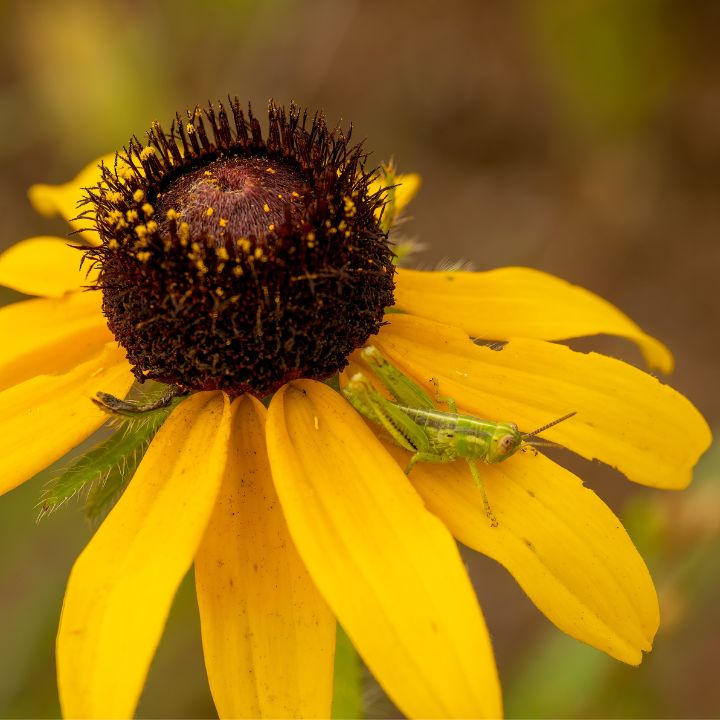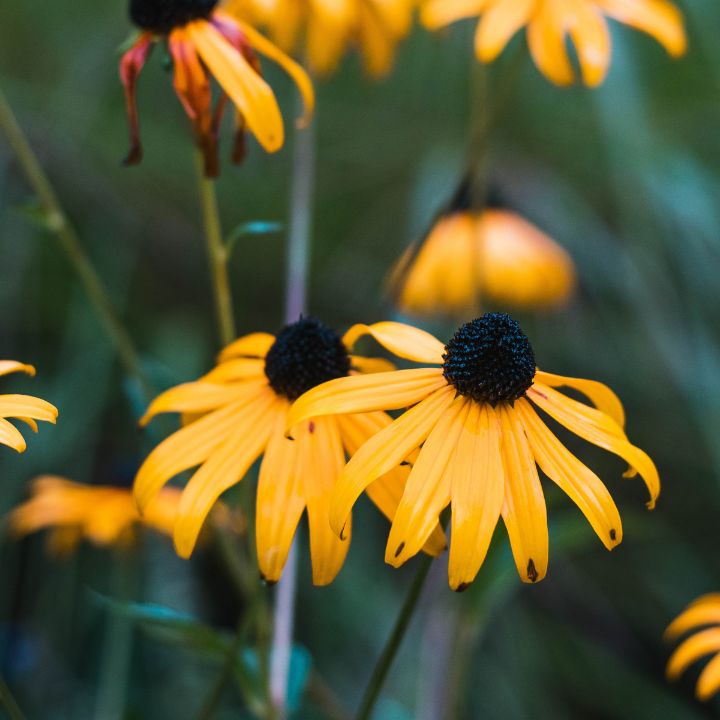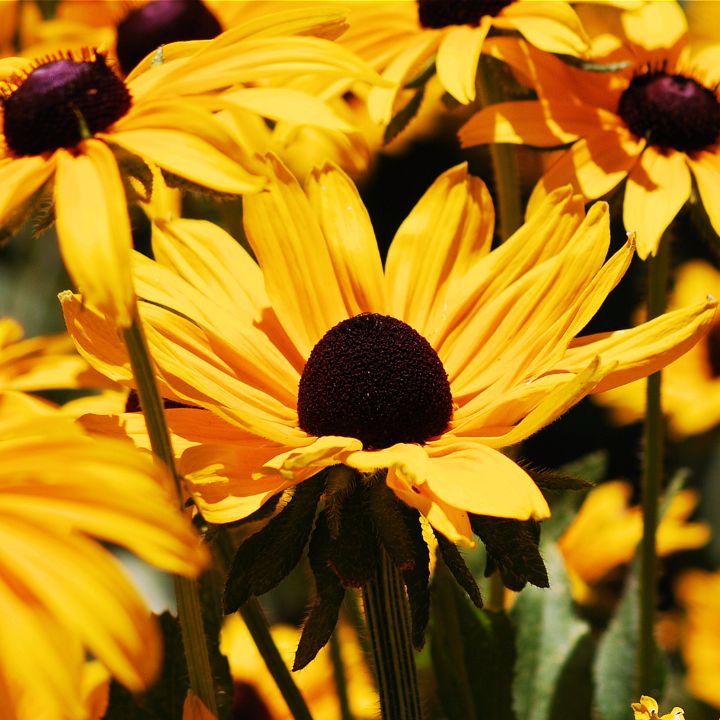Black-eyed Susan
Rudbeckia hirta
Learn how to care for a black eyed Susans along with its history and classification details.

Hardiness Zone: 3-9
Soil Type: Acidic
Sun Exposure: Full to partial sun
Annual or Perennial: Annual
Type: Flower
History: Black Eyed Susans are indigenous to many sections of the United States. They were introduced into Europe soon after Columbus’s visits and were named by Linnaeus in 1753. Linnaeus gave them the Latin name Rudbeckia Hirta after his mentor Olaf Rudbeck and hirta meaning rough, hairy.

How to Care for a Black Eyed Susan
How do I plant black-eyed Susan?
Water plants thoroughly at the time of planting and as needed throughout the season. Feed plants once at the beginning of the growing season
When is the best time to plant?
The best time to plant black-eyed Susans are in spring, or early fall.
How do I propagate black-eyed Susans?
You can propagate perennial black-eyed Susans by division in early spring, just as growth begins to develop, or in the fall after they finish flowering. Simply dig up the root ball and cut it with a sharp knife, making sure each division has roots. Replant the divisions about 12 to 18 inches apart.
Can I grow black-eyed Susans in a pot?
Yes, you can grow black-eyed Susans in a pot.
How much should I water black-eyed Susans?
Water black-eyed Susans well whenever the top inch of soil around the plants is dry.
Do I need to fertilize black eyed Susans?
You should fertilize infrequently.
When does black-eyed Susan bloom?
Black-eyed Susans will bloom in late summer, about mid August.
When do I harvest black-eyed Susans?
Black-eyed Susan blooms throughout the season, so you may be able to harvest multiple times through the summer and into fall. Generally, the majority will be ready from mid-September to mid-October.
What is the best way to store black-eyed Susans?
Remove seed heads when the blooms have faded and turned brown.
Dry the seed heads in a paper bag. For about a week.
Separate the Chaff.
Knock the seeds off of the seed head using my patented 2-step method.
Store the seeds.
Should I plant any companion plants?
Black-eyed Susans grow well with zinnias, globe thistle, sedum, perennial hibiscus, echinacea, joe-pye weed, and ornamental grasses.
What are some special features?
The black-eyed Susans attract butterflies.
Black-eyed Susan Meaning
The Black-eyed Susan is a symbol for encouragement, motivation, and resilience.



